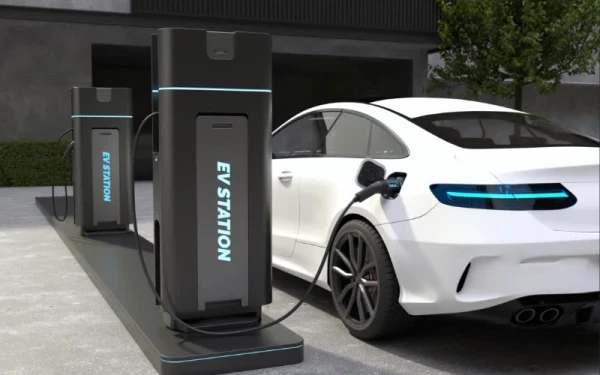The expert view – semiconductor trends
Add bookmarkAutomotive IQ’s Semiconductors in the Autonomous Age report aims to reveal the current state of the semiconductor industry.
As part of the process, we survey our members and our industry experts to gather opinions and insights, and these results are used to produce the report, which you can download now.
One key goal of the report is to identify the direction in which the industry is moving. We turned to some of our long-standing contacts – Riccardo Vincelli, director of the Functional Safety Competence Center of Renesas Electronics; Martin Oberkönig, senior staff elect. and design engineer at Cypress Semiconductor Corporation; Jyotika Athavale, principal engineer, senior functional safety and RAS architect at Intel Corporation; and Franck Galtié, director of automotive functional safety at NXP Semiconductors – for their input.
Which automotive trend do you think will have the most significant impact to automotive semiconductors in the next five years?
Riccardo Vincelli: "Within the next five years the main trends will be pushed by ADAS, with more Level 2+ functionalities and some R&D toward Level 4, but not for mass production yet.
"Also electric cars will drive the trends. For reduction of power consumption, increased performance, artificial intelligence, and more support for safety will be the key areas."
Martin Oberkönig: "Autonomous driving is the keyword when talking about trends. Personally, I don’t feel like it’s happing soon, but it seems to have the side-effect that people are paying much more attention to functional safety. Whenever management need to be convinced to pay more attention to functional safety, they are now more aware because they see autonomous driving on the horizon, although the actual project might be about a window lifter or seat controller."
Jyotika Athavale: "The big trends are driven by autonomous vehicles needing advanced safety and security features. Higher processing requirements, increased hardware and software complexity, artificial intelligence and deep learning capabilities, increased connectivity and reducing the risk of security threats are some of the key areas of focus in the next five years."
Franck Galtié: "Rising to the challenge of handling the computational power and performance required for new architectures; whether for autonomous, electrification or connectivity drive features is, in my opinion, going to be the biggest trend that will shape automotive semiconductors."
If you were handed €50,000 right now to invest in some form of technology, in which new technology would you invest?
It’s not quite the million-dollar question, but we tasked our experts with an answer.
Riccardo Vincelli: "€50,000 is not much when talking automotive semiconductors… However, if we increase the budget to €5m, then I’d invest in a methodology to guide engineers that would include tools to analyze designs, more support for fault injection or more integrated tools to define and handle requirements.
"I’d also investigate solutions for autonomous driving, including validation with AI, although this is still to be proved. Finally, more optimized solutions to handle common cause failures, especially for complex and big components, would be an investment priority."
Martin Oberkönig: "I would spend the money on projects with universities to educate and get smart people. The backbone of innovative semiconductors are good engineers!"
Jyotika Athavale: "Some of the key technologies to consider for IoT applications include virtualization, deep learning and AI, safety and security capabilities as well as time determinism."
Franck Galtié: "Well, today we are unable to measure the level of availability in a system. Whether it is for autonomous or electrification. So this is an area that needs investment."
We’ve already noted that there’s significant concern when it comes to balancing quantity and quality...
We put this to our experts:
Riccardo Vincelli: "Cost is a big problem. Semiconductor companies are pushed to deliver more without sufficient margins. Unfortunately, this will kill many companies."
"Another challenge is the definition of effective safety concepts and requirements for new applications, such as those in the development of ADAS and autonomous driving. This requires strong cooperation with Tier suppliers and OEMs."
Franck Galtié: "Yes, there is a disruption of the value chain with new players entering the market. However, this doesn’t mean that quality has to suffer to deliver quantity.
"Current safety experts need to step up and deliver solutions that take the pain out of safety."
Jyotika Athavale: "The move to smaller dimensions is driving materials innovation. A primary challenge is the industry’s ability to downsize chips. Manufacturing smaller chips with more features becomes a challenge and chips could be more sensitive to defects and failures due to technology scaling, growing integration and complexity."
The lesson is that the desire to push forward with new ideas is strong, but without the right backing, and the right relationships throughout the supply chain, reaching the potential of the industry is a difficult balance.
For more conclusions, insight and the full results of our survey, download the 2019 Semiconductors in the Autonomous Age report.















